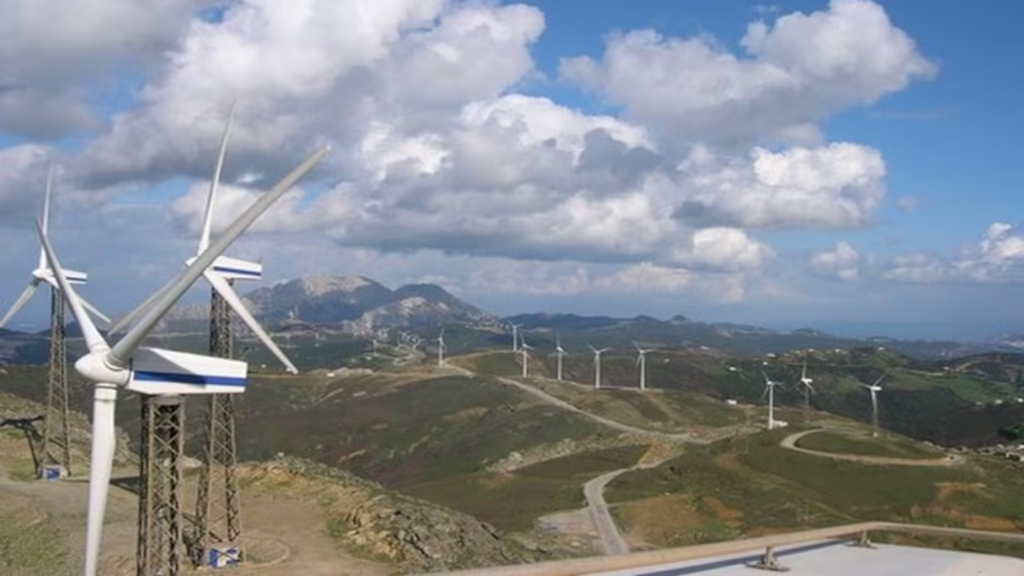A few kilometers from Tétouan, the Koudia Al Baida wind farm is beginning a second life. Launched in 1999, this historic infrastructure of the Moroccan energy landscape has just undergone a major transformation project, illustrating the Kingdom’s new green ambition. Led by Masen and EDF Renewables, and technically managed by Siemens Gamesa, the operation has doubled the installed capacity of the site – now increased to 100 megawatts – while reducing the number of turbines by more than four times. A pioneering project on the continent.
Cutting-edge technology and energy efficiency
The old park had 90 wind turbines. Only 20 remain today. But these last ones, from the latest generation, are capable of producing up to nine times more energy than their predecessors. The result: doubled capacity, reduced land footprint, streamlined logistics, and significantly lowered maintenance costs.
Siemens Gamesa describes it as the “most ambitious repowering project ever undertaken in Africa.” It embodies a global trend: instead of building anew, more and more countries are opting for the modernization of aging wind farms, a strategy deemed more rational. Globally, the repowering potential is estimated at 89 gigawatts by 2026, while only 11 gigawatts are currently planned.
A model of environmental circularity
The transformation of the park was not limited to energy performance. It also integrated a responsible approach regarding the end-of-life of the equipment. Metal components (masts, nacelles, alternators…) have been reused or recycled locally. The blades, which are more complex, have been ground on-site to be repurposed in cement production.
This rigorous management of industrial waste, still rare in the renewable energy sector, illustrates a new approach to sustainable development where the circular economy becomes a strategic component. The notorious abandonment costs — often overlooked in traditional energy projects — have also been anticipated and integrated here.
Transmitting knowledge to anchor the future
But Koudia Al Baida does not only produce clean energy. It is also becoming a tool for training and skills transfer. Eleven complete wind turbines have been donated to Moroccan institutions, including the University of Tétouan, Ifmeree in Tangier, and OFPPT. Students can now handle real industrial components, promoting hands-on learning.
As Morocco invests heavily in renewable energies to accelerate its energy transition, this initiative confirms that human capital is at the heart of the national strategy. It positions the rise of renewables within a framework of technological sovereignty and local training.
Hybrid financing and international cooperation
This repowering project would not have come to fruition without an innovative financial arrangement: a co-financing between the European Bank for Reconstruction and Development (EBRD) and a consortium of Moroccan and international banks. Siemens Gamesa, as part of an EPC (engineering, procurement, construction) contract, ensured the entire technical deployment.
This type of arrangement demonstrates Morocco’s ability to mobilize global players for complex projects while ensuring the inclusion of local sectors and know-how.
Koudia Al Baida, a symbol of a new era
By successfully combining energy performance, environmental respect, local anchoring, and technological innovation, the Koudia Al Baida wind farm becomes a model for all of Africa. It embodies a vision in which every kilowatt produced also carries a message: that of sustainable, pragmatic, and inclusive development.
With Barlamane


